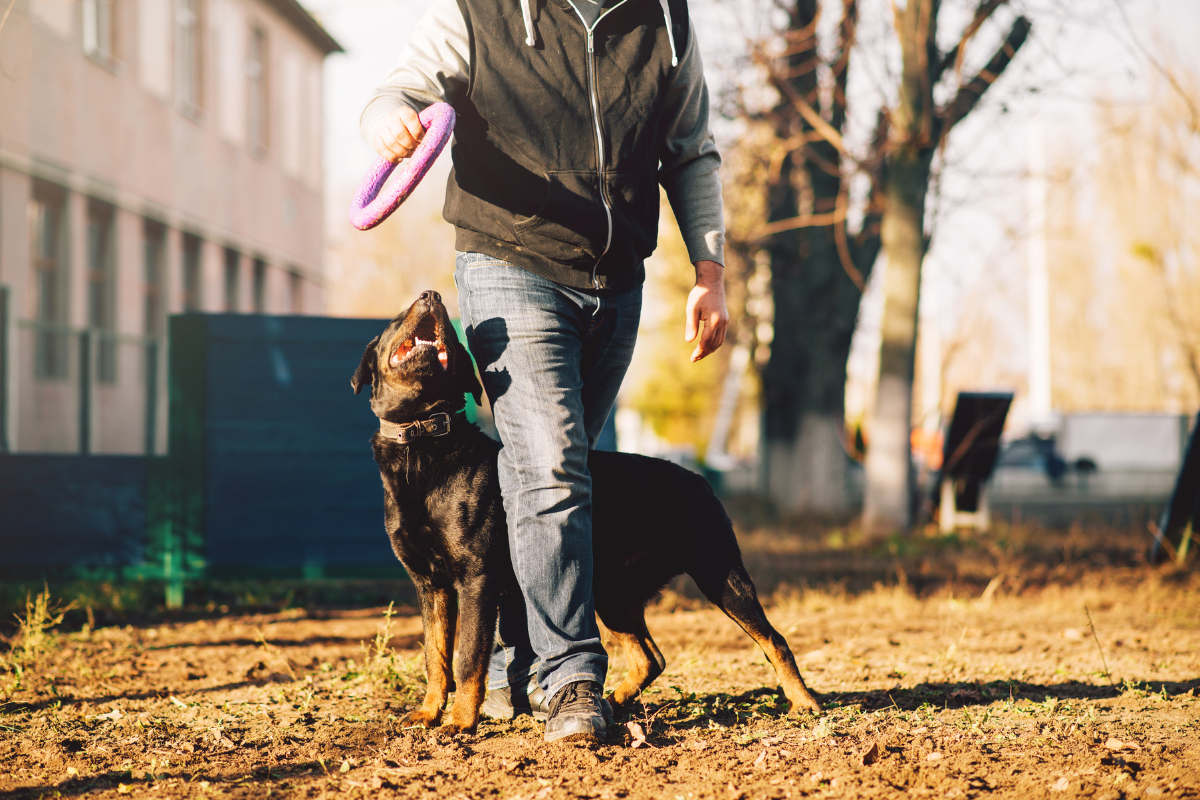When it comes to dog training, finding the right balance between love and correction is crucial for raising a well-behaved and happy pet. Let’s explore the benefits and methods of using both affection and correction in your dog training journey.
The Role of Love & Affection
Love and affection play a vital role in building a strong bond with your dog. Positive reinforcement, such as treats, praise, and playtime, encourages good behavior and helps create a trusting relationship. Dogs thrive on positive interactions, and these moments of affection can motivate them to repeat desirable behaviors.
Benefits of Love & Affection:
- Strengthens the human-dog bond
- Encourages positive behavior
- Creates a happy and trusting environment
The Role of Correction
Correction, when used appropriately, is an essential part of dog training. It helps set boundaries and communicates what behaviors are unacceptable. However, it’s crucial to use correction techniques that are fair and humane, avoiding any form of physical punishment or harsh reprimands.
Benefits of Proper Correction:
- Establishes clear boundaries
- Reduces undesirable behavior
- Enhances overall training effectiveness
Finding the Balance
To achieve a well-rounded training approach, it’s important to balance love and affection with appropriate correction. Consistency is key, and using a combination of positive reinforcement and gentle corrections can lead to a well-behaved and happy dog.
Tips for Balanced Training:
-
Reward Positive Behavior:
- Use treats, praise, and affection to reinforce good behavior.
-
Set Clear Boundaries:
- Use consistent commands and gentle corrections to discourage unwanted behavior.
-
Stay Consistent:
- Ensure everyone in the household follows the same training rules and methods.
-
Be Patient:
- Training takes time and patience. Stay calm and consistent for the best results.

